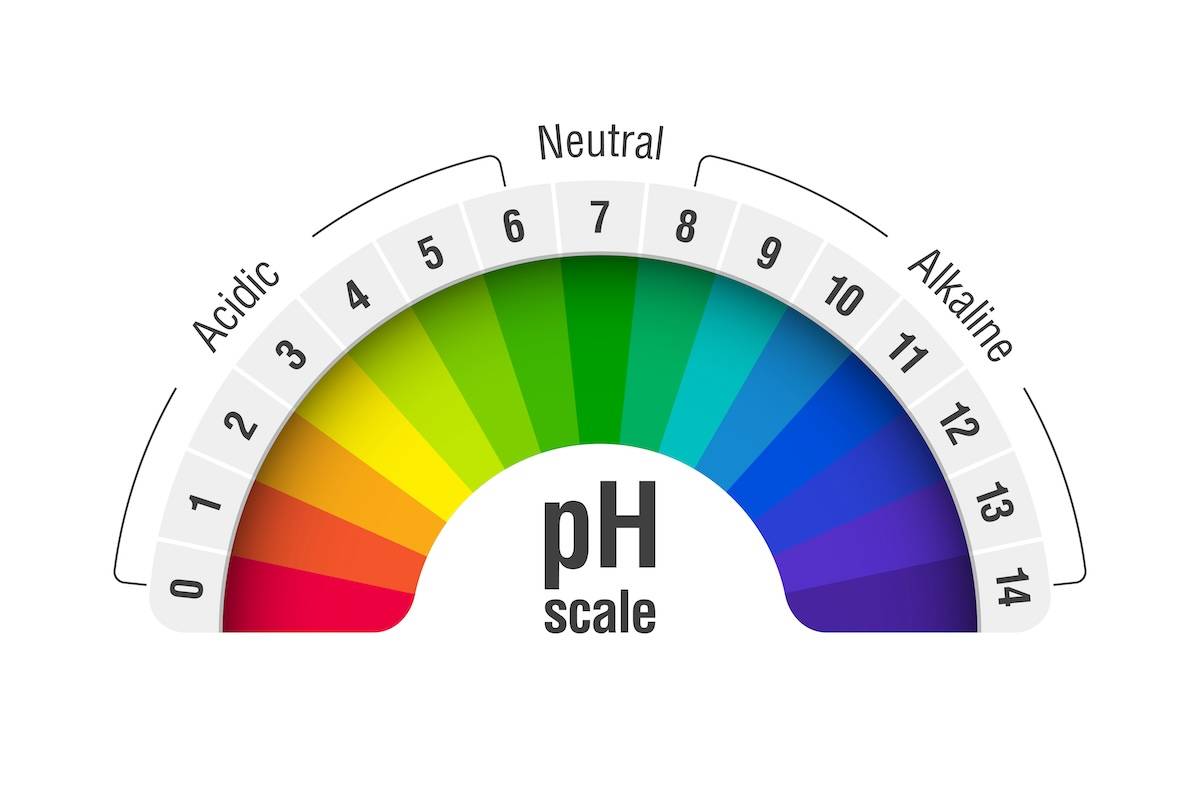The Secret of Soil Science for Healthy Lawns & Gardens
Soil Chemistry 101
LET'S TALK SOIL SCIENCE AND HOW IT IMPACTS THE HEALTH OF YOUR LAWN AND GARDENS
Science Fair
Remember the baking soda and vinegar volcano Mom helped you make for the six grade science fair? Everyone’s favorite midnight parent-student bonding project is an example of a chemical reaction resulting from the mixing of low pH vinegar with high pH baking soda. Similar chemical reactions are common everywhere in daily life—including your home and yard.

PhD in pH
Without getting too nerdy, the pH scale ranks from 0 up to 14 with the most acidic at the lower end, most alkaline at the upper end, and 7 being neutral. The result of mixing substances with different pH depends on the relative volume of each substance and their respective concentration of hydrogen (acid) and hydroxyl (base) ions. Basically, you need an acidic substance to reduce the pH of an alkaline substance (or visa versa) by the exchange of these ions.

goldilocks
Healthy grass needs a soil pH of 5.5 - 6.5, which is where roots are best able to absorb and use nutrients and microorganisms thrive. In the same way we can’t live on a diet of just Froot Loops, your lawn and other plants need proper nutrients to grow strong and beautiful, and using more water and fertilizers can’t help if they can’t be properly absorbed and used by the plants. Your grass will be brown/yellow and patchy. Note that different garden plants and crops require different soil pH.
Geography
Alkaline soil is generally predominant in the western half the US (blue areas on the map). Not coincidentally, these same areas are typically more arid and have hard water (high mineral content)—these alkaline minerals in the water settle and harden in the soil with each watering raising the soil pH. Areas of the country with more acidic soil typically have plenty of rain and surface water, which is naturally slightly acidic and helps to reduce soil salts and pH. You should test your soil regularly in various spots by using an inexpensive probe or kit from your local garden center or by getting a more complete soil test from your local Extension Office.
Calibrate
Raise pH. For acidic soil, you can raise pH by spreading lime at the rate of about 5-7 pounds per 100 sqft at monthly intervals. Test pH regularly to be careful to not over do it.
Lower pH. For alkaline soil, there are a variety of additives you can use to gradually reduce pH over months and years by slowly introducing mild acids—using highly concentrated acids would kill plants if exposed directly and is extremely dangerous for you.
Power of the Pros
The truSpring exiGrow solution quickly and safely reduces pH with its patented acid replacement technology that has the power of a 0pH acid but without any of the dangers to you, your plants, or the planet. The solution is certified safe and natural and is 100% biodegradable in 10 days. By solubilizing the hardened mineral salts that build up in the soil, exiGrow also makes these essential nutrients available for the plants and increases soil absorption and percolation. This is why expert golf course superintendents have been using the solution as an integral part of their turf management program since 2006, and now you can, too.
see how exigrow can help your yard
The exiGrow solution is not just for the Pros--now you can use the Power of the Pros at home.

